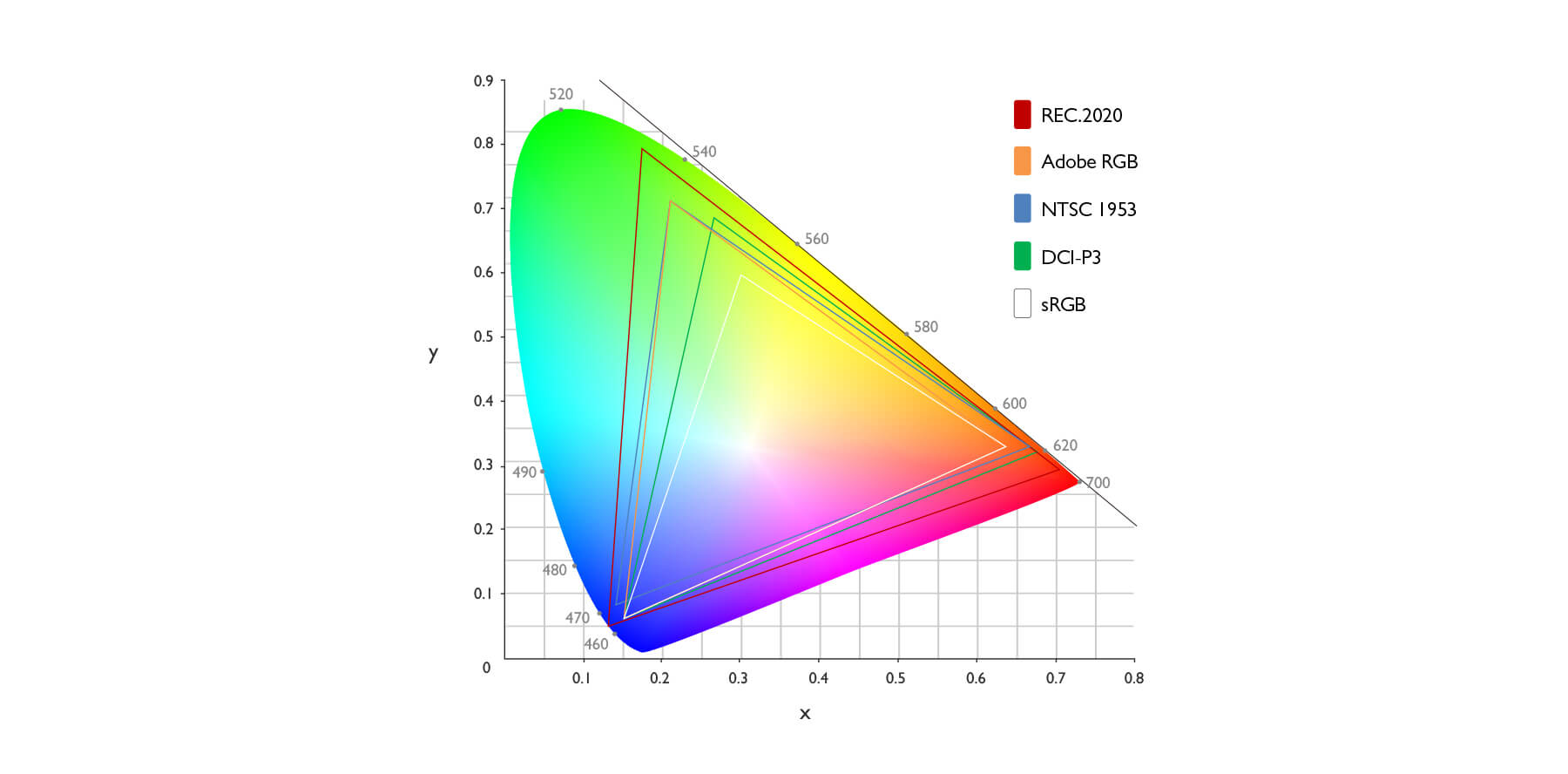Eagle367 said:
I mean, that's all theoretical and on paper values. But look at the law if diminishing returns. How much more effective is 4k vs 12k vs 30k? Or how much of a difference does one notice between 60fos vs 120 vs 240 vs 480? In practical terms, is there an advantage to go in that direction or are we gonna go just for the sake of going? |
How long does it take for you to know it is a game or a movie? And how much can you perceive the movie isn't real life? That is how far we still are of hitting the limit.

duduspace11 "Well, since we are estimating costs, Pokemon Red/Blue did cost Nintendo about $50m to make back in 1996"
http://gamrconnect.vgchartz.com/post.php?id=8808363
Mr Puggsly: "Hehe, I said good profit. You said big profit. Frankly, not losing money is what I meant by good. Don't get hung up on semantics"
http://gamrconnect.vgchartz.com/post.php?id=9008994
Azzanation: "PS5 wouldn't sold out at launch without scalpers."

















